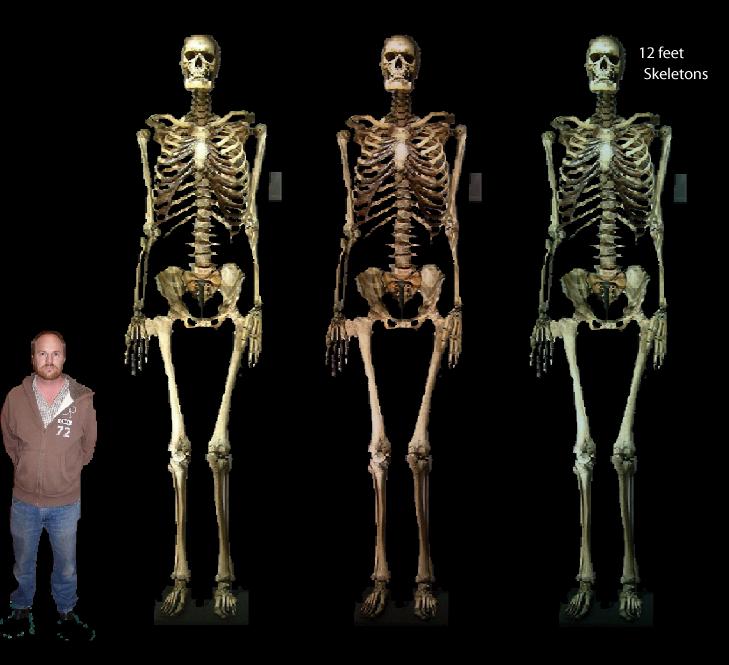I think this is more of an economics question, and the answer depends on how common giants are. Modern manufacturers design their products to accommodate the vast majority of their target market, in a one-size-fits-all approach. Think of this question: what would vehicles look like if many of us were hobbits?
50 million giants worldwide would probably end up rather marginalized. Perhaps one subway car per train would have the seats and bars ripped out for them. Niche small businesses would customize semi trucks for giants, and safety laws would limit how large a scrap metal motorcycle can get.
If giants are common enough, vehicle cabin sizes would get bigger, as would everything else. Train tracks, car lanes, and airport runways would be wider. Car doors and subway seats would have fold-out steps or ladders for wee humans to climb up, and safety features like seatbelts would have to be more flexible. Humans would be more comfortable in sub-compact cars, but they'd still have to scoot the seats way up to reach the pedals. Here, specifically sized products would only be common where necessary (e.g. clothes, chainsaw grips, tableware, door handles). Niche vehicle markets might be possible, but would necessitate special safety requirements: human-size motorcycles would have to be incredibly sturdy to meet crash safety ratings, proportionally huge bumpers, etc.
While this would finally make the Starbucks Venti size reasonable, I refuse to sit in a booster seat at restaurants. That's just degrading.

